If you are far into the aviculture, probably you will feel the inevitability to have more specimens. If you have bird rooms or aviaries, you can have a great numbers of birds in different variations.
There are different suggestions for housing various birds- from parrots to finches.
There are a lot of types aviaries - already built in flat pack so they are very convenient. But also they are very expensive.
When you choose an aviary be sure that it is practical and has all the basic needs:birds need shelter to get out in bad weather, you need a safety porch for access without the possibility birds to fly away and also there should be a roof against wild bird droppings and other elements. Also the aviary should look nice and be functional.
Of course it will be cheaper and unique if you make it yourself. For getting ideas how it to look like you may use ready-made aviaries.To build your own aviary you have to obtain good DIY skills or you may use ready-made panels- 6ft high and 3ft wide, they are easy to work with.
Design
Aviary's design depends on what are birds you are going to keep, the available space and the materials for building it.
If you have finches then a wooden house for them is good, but for more destructive birds as cockatoos and other hookbill birds as budgies and macaws you will need a metal frame.
The birds you have determine the size of the mesh. For finches, budgies and cockatiels it should be square 1/2inch by 1/2 inch, it is safer. For them the thinner 19G (gauge) mesh is proper. 16G mesh is good for senegals and conures, 14G or 12G mesh is good for macaws and cockatoos; 2 by 2 inch is suitable for the larger parrots and often it is cheaper.
The shelter can be added as a box, attached to the top or you'd better have bird room or a shed that has an indoor flight and allows birds to fly during bad weather. It is also recommended that there should be a selection of perches for the birds to sleep at night.The flight inside the shed will be not as large as the main flight, birds use it for exercises. During good weather in warm seasons the birds may sleep where they want, but in winter or at cold nights they have to be shut. Birds can get in through a stable door whose top is open or through a pop-hole.
The shelter could be wooden or from bricks and can be easily adapted and insulated. There should be enough light via windows or if it is not sufficient there should be artificial lighting or a mix of both so birds can feel comfortable to be fed and the owner can work in the evening.
Temperature is also very important, especially for the most fragile birds. You can choose tubular convector heaters with built in thermostats for the temperature or separate heater-thermostat units.
For the good health of your birds also air filters or ionizers would help. They remove feather dust from the air, which is dangerous for people suffering from asthma.
Choosing The Site
Place the aviary far from trees against falling leaves and branches, but put it in sight of the house and to a direction where morning sunlight comes from. Leave a room around it so in the future if you decide to expand it to have that opportunity. Set the aviary away from the main roads because if you do not consider it, your birds could be startled by the car lights and they are exposed to a risk from the opportunist thief.
Also you should discuss your ideas with your neighbors and check with local authorities if planning permission is needed.
Put down a solid footing against predators and for hygiene reasons.If you have soil floor it is perfect breeding ground for bacteria parasites and is difficult for cleaning .The best solution is concrete, never mind that it is permanent. Predators can not dig it and it is ideal for disinfection. It you are put off its permanent feature, consider the alternative to lay slabs,they have almost the same effect but they are less permanent.
After the footing is set, it is time for the aviary panels. Put a layer of brickwork round the bottom and drill holes 1ft from either end in the panels.Then it is easy to fix the panels together with nuts and bolts. That way they are easy to be dismantled if they have to be moved or replaced. The best method is to fix first the shelter and then to fix the panels to it.
Risks
Predators like birds of prey, rodents, mice,rats and other, foxes, snakes and cats are the enemies of the birds and you have to think about buying ultra-sonic devices which are harmless to your birds,they emit radio waves that scare off the predators.Good hygiene, laying traps and cleaning up spilt seed will help you against rodents and also snakes will be kept away if you place panels on brick work.
Treat your birds for parasites at least once a year .Regular disinfecting and cleaning will reduce the risk if illness.
You should do something against thieves and the elements, too. You aviary should be built sturdy and locks to every door should be fitted. Motion sensitive security lighting and a high quality security alarm are good investment .These preventative measures should deter the thieves .It will be hard for you to control the elements so offer a shelter and keep birds warm and dry.
Check List
Before introducing birds in your own built aviary, allocate a section listing needed things:
- Neighbors' approval and permission to build
- Proper site with plenty of room
- The right frame and wire for the birds
- Shelter for the birds
- Solid floor
- Air filter
- Predator protection
- Practical/sturdy design
- Heating
- Safety porch security
- Plan in details
The Birds
When you keep birds you have to follow some general rules:
- Don't mix beak type with others, keep them saparately
- The same species have to be kept together
- You have to know each bird
Because of the strength of the beak of the hookbills it is dangerous to keep them with housing finches, otherwise they could kill or injure a finch.Of course those which are gentle-natured like grass parakeets can be an exception. If you are not sure but definitely want to mix certain types, ask for advice an experienced bird keeper.
Even for small types like budgies and finches, it is not recommended to be mixed as they could be territorial and aggressive and can kill a bird.
If you know your birds well you will be able to mix them or to pick out sick birds from those in good health.
Aviaries can cost a lot but with quality materials, good planning and care, they will bring you pleasure and excitement for whole life. Draw up some plans, consult other bird keepers for unseen flaws and start .It is a a good investment if you have an overmastering desire for having a great number of birds.

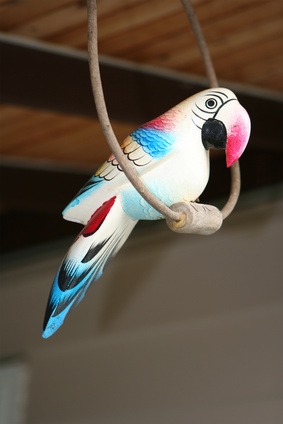 Homemade Bird Perches From Tree Branches
Homemade Bird Perches From Tree Branches
Homemade Bird Perches From Tree Branches
Homemade Bird Perches From Tree Branches
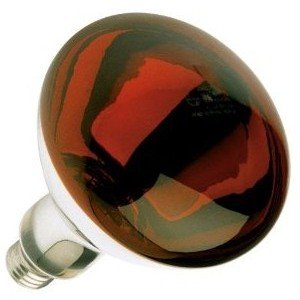 How to Hatch Abandoned Poultry Eggs
Abandoned EggsAn emergency method of hatching them
How to Hatch Abandoned Poultry Eggs
Abandoned EggsAn emergency method of hatching them
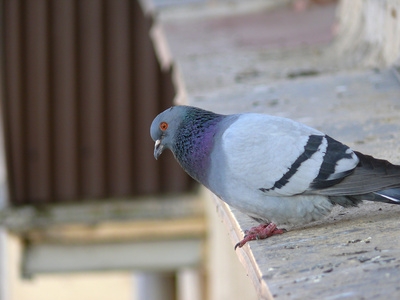 How to Build a Simple Bird Trap?
How to Build a Simple Bird Trap?
How t
How to Build a Simple Bird Trap?
How to Build a Simple Bird Trap?
How t
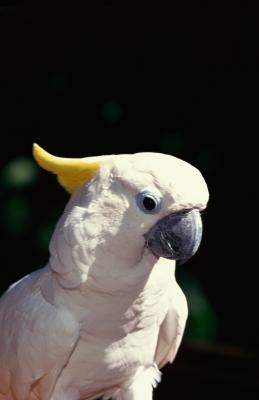 Which Birds Emit Dander?
Which Birds Emit Dander?
Which Birds E
Which Birds Emit Dander?
Which Birds Emit Dander?
Which Birds E
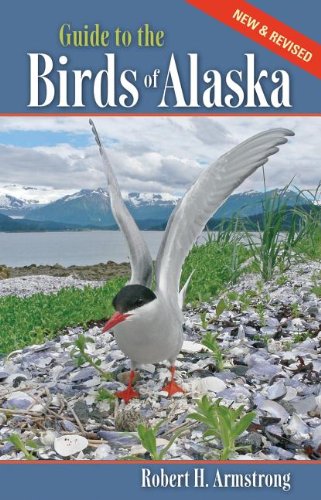 Alaska State Bird
Willow Ptarmigan - The Bird
Alaska State Bird
Willow Ptarmigan - The Bird